Please note: In September 2019, we updated the DXOMARK Mobile test protocol to cover ultra-wide-angle performance and renamed the protocol DXOMARK Camera. We also expanded our low-light testing and created the new Night sub-score, which incorporates the previous Flash score. We have retested this device using the new Wide and Night test protocols and updated the scores in this review, but we have not changed the text from the original review. For more information, please see the articles about our new Wide and Night test protocols.


Motorola Moto G7 Plus camera review (originally published July 30, 2019)
Launched in February 2019, the Motorola Moto G7 Plus is a competitively-priced mid-ranger that runs the Snapdragon 636 chipset and the latest Android 9.0 (Pie) operating system. With a large 6.2-inch display and an all-glass finish, the G7 Plus feels more premium than the price suggests, however, and it boasts a dual rear-camera setup, too.
The primary camera utilizes a 16Mp sensor with 1.22µm pixels, coupled to a wide-angle f/1.7 lens with Optical Image Stabilization (OIS). There’s no tele-lens for zoom shots; the secondary camera is used for depth sensing in the G7 Plus’s Portrait mode and features a 5Mp sensor with a f/2.2-aperture lens.
Other photography features on the G7 Plus include phase detection autofocus (PDAF), a dual-tone LED flash, auto HDR, and video captured at 2160@30fps (4K), or 1080/30fps in the device’s default mode. Read on to discover how Motorola’s latest device performed in our DxOMark Mobile tests.
Key camera specifications:
- Dual-camera setup
- Primary: 16Mp sensor with 1.22µm pixel pitch and f/1.7-aperture lens with OIS
- Secondary: 5Mp sensor for depth sensing in bokeh mode
- Dual-pixel PDAF autofocus
- Dual-tone LED flash
- 2160p at 30fps video (1080p at 30fps at default settings)
About DxOMark Mobile tests: For scoring and analysis in our smartphone camera reviews, DxOMark engineers capture and evaluate over 1500 test images and more than 2 hours of video both in controlled lab environments and in natural indoor and outdoor scenes, using the camera’s default settings. This article is designed to highlight the most important results of our testing. For more information about the DxOMark Mobile test protocol, click here. More details on how we score smartphone cameras are available here.
Test summary
Achieving an overall DxOMark Mobile score of 80 points, the Moto G7 Plus ranks in the bottom half of our database of smartphone image quality, close to such other mid-rangers as the Samsung Galaxy A8, or to such slightly older models as the Sony Xperia XZ3. Performance is better for stills photography, where the device achieves a Photo score of 84 points. Its main strengths are good detail preservation, fast and accurate autofocus, acceptable white balance, and nice flash pictures. Scoring 72 points for video, the Moto G7 Plus’s performance capturing moving images is a little weaker. Exposures can be good in the right lighting and color is pleasant, but issues with autofocus, stabilization, and artifacts all affected the score.
Shooting stills in well-balanced outdoor lighting conditions, exposure can be pleasant, but we often encountered low target exposures in our natural test scenes across all lighting conditions. The G7 Plus’s dynamic range is quite limited, too, with visible clipping in both the shadow and highlight regions when capturing images in high-contrast conditions. In our indoor backlit portrait test, for example, the subject was underexposed with noticeable highlight clipping. Exposure can be inconsistent, too, with often varying brightness recorded over consecutive shots.
Color is also a weakness for the G7 Plus, with undersaturated, inconsistent color rendering and color shading often evident. On the plus side, white balance is broadly accurate in outdoor lighting conditions, and although there’s an occasional slightly warm yellow color cast, it’s not unpleasant.
Detail is a strength for the G7 Plus, however, with results comparable to more expensive devices such as the Apple iPhone XS Max. It recorded very high levels of acutance around 90% in static scenes in bright-light conditions, and preserves fine detail really well in outdoor and indoor images generally. Results in low light are good, too, with acutance dropping to only around 60% at 5 lux. So it’s only in extreme low light where detail really starts to suffer on the G7 Plus.
The texture-versus-noise trade-off is managed well in low-light images, too. Aside from a little luminance noise that you’d expect in low light, results are on par with—if not slightly ahead of—some of the more expensive competition. More problematic is a noticeable pattern noise, which can appear as colored lines or grids in some outdoor images. It doesn’t always occur, but can be quite distracting in the shadow areas when it does.
The G7 Plus achieves its best zoom shots at close range in good lighting conditions, where noise is well-controlled noise and detail is acceptable when viewed on the device’s display. At close inspection, though, detail is lower than you can expect from a dual-camera device. Results remain acceptable in close-range zoom shots under indoor and low-light conditions, too, and results are broadly similar to many single-lens devices we’ve tested. Expect a noticeable loss of detail in medium- or long-range zoom shots, however, as well as an increase in artifacts, with some color quantization and moiré effects visible.
In Portrait mode, the G7 Plus’s second depth-sensing camera enables fairly good depth estimation for blurring the background while keeping the main subject sharp. It’s not perfect, with some visible artifacts and/or the edges of the portrait slightly blurred, but it does avoid any significant errors. There are issues with repeatability, however, with the bokeh effect not always applied when requested. When it is applied, the depth-of-field effect is strong and spotlights are fairly nice in outdoor portraits, but they lack contrast in indoor shots. Exposure behavior is often different when bokeh mode is activated, too, which our engineers found particularly problematic in bright outdoor conditions.
The G7 Plus puts in a very solid performance with its dual-LED flash system. Using flash as the only light source, target exposures are good and details are fairly well-preserved, although some noise is visible. A slightly pink white balance cast and some color shading are also evident, but results are on par with some of the good performers for flash. Shots using flash aren’t quite as good under mixed-light conditions: exposure on faces remains acceptable, but there’s a slight loss of detail and white balance turns yellow-green.
We applied several penalties to the Motorola smartphone’s score for noticeable artifacts, with most of the problematic issues we look out for visible in at least some images. The most obvious are the loss of sharpness in the corners compared to the center of the image, and heavy ringing, which is often visible along high-contrast edges in outdoor images. We also observed some corner shading, color fringing, and ghosting artifacts in several images.
Autofocus is a strength for the Motorola Moto G7 Plus, particularly in indoor and outdoor lighting conditions. Its PDAF system was an excellent performer in our benchmark lab tests, achieving fast response times and excellent accuracy, with all our shots in sharp focus. In low-light lab conditions, accuracy remained good, but we found the autofocus a little slow to trigger, with the G7 Plus taking a little longer to lock on than we’re used to with PDAF systems. It’s also worth noting that our engineers encountered some focus failures outside of the lab, capturing occasionally out-of-focus shots during our natural test scene analysis.
The G7 Plus isn’t quite as strong for video as it is for stills, and a fairly low video score of 72 points affected its overall score and ranking. Exposure can be good in well-balanced lighting conditions, and under controlled lab conditions, target exposures are good between 20 and 1000 lux, with only seriously underexposed videos in very low light.
Dynamic range remains limited when shooting video, though, so expect to see a loss of detail in both the highlight and shadow regions in bright outdoor conditions. Video color is a slight improvement over stills, however, and particularly in outdoor natural scenes, color is pleasant and white balance acceptable. The same cannot be said for indoor and notably for low-light videos, however, where color can be undersaturated and color casts are often evident.
The G7 Plus maintains detail reasonably well in its outdoor videos, but there’s a noticeable loss of fine detail in low-light videos and noise is very prevalent. The main drawbacks when shooting video with the G7 Plus, however, are poor autofocus tracking, ineffective stabilization, and visible artifacts. Autofocus instabilities are common, with unnecessary refocusing, and the device often drops focus while tracking. This is compounded by an ineffective stabilization system that fails to correct residual motion, and a jello effect when walking and panning while recording.
Conclusion
With its large LCD screen, high-end glass finish, and dual-cam photography setup at a fraction of the cost of many flagship smartphones, the Motorola Moto G7 Plus will be of interest to the budget-conscious consumer. Image quality is a little off of what we’ve come to expect from top-performing devices, however, especially in video mode. For stills, limited dynamic range, undersaturated color, and artifacts are the main problems which had a significant impact on the Motorola device’s overall score and ranking. There are a couple of positives, with the G7 Plus capturing high levels of detail, as well as nice images when using flash, and the autofocus is fast and accurate in most circumstances.
Photo pros
- Well-preserved detail outdoors and indoors
- Generally accurate white balance outdoors
- Fast, accurate, and repeatable autofocus
- Accurate target exposure and good detail using flash with additional lighting
Video pros
- Good target exposure in low-contrast scenes
- Pleasant color rendering in natural scenes
Photo cons
- Low target exposure and limited dynamic range
- Undersaturated color and inconsistent color rendering
- Slightly yellow white balance outdoors
- Many visible artifacts, including a loss of outer-field acutance and ringing
- Luminance and chromatic noise visible outdoors
- Bokeh mode often fails to activate








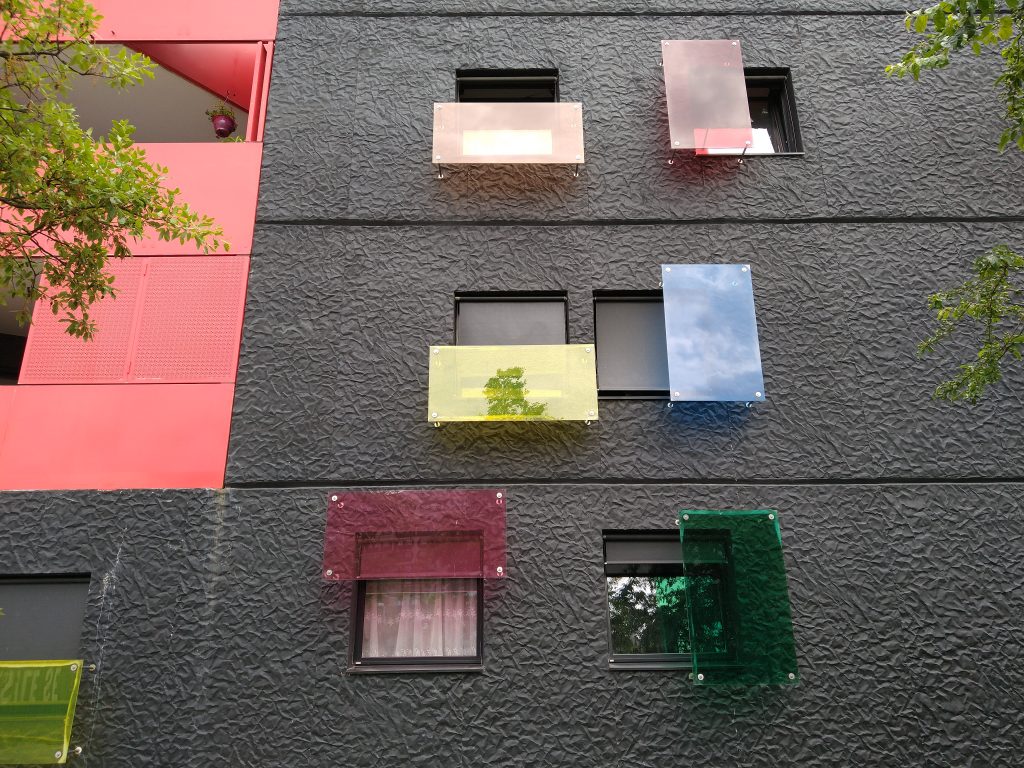
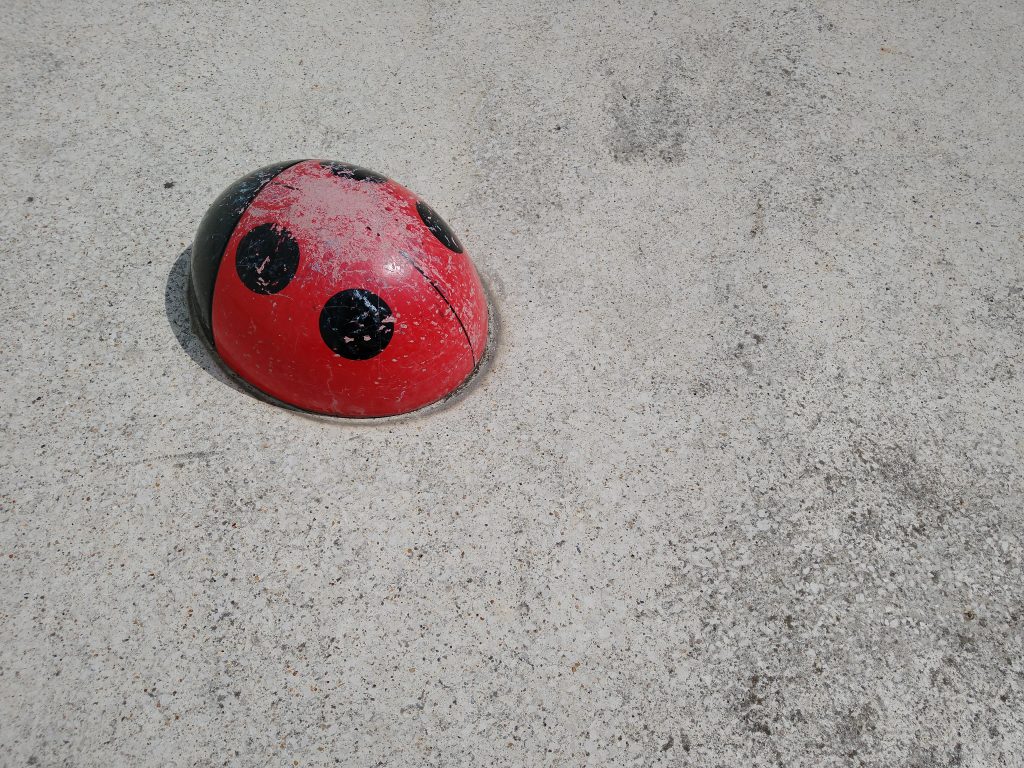
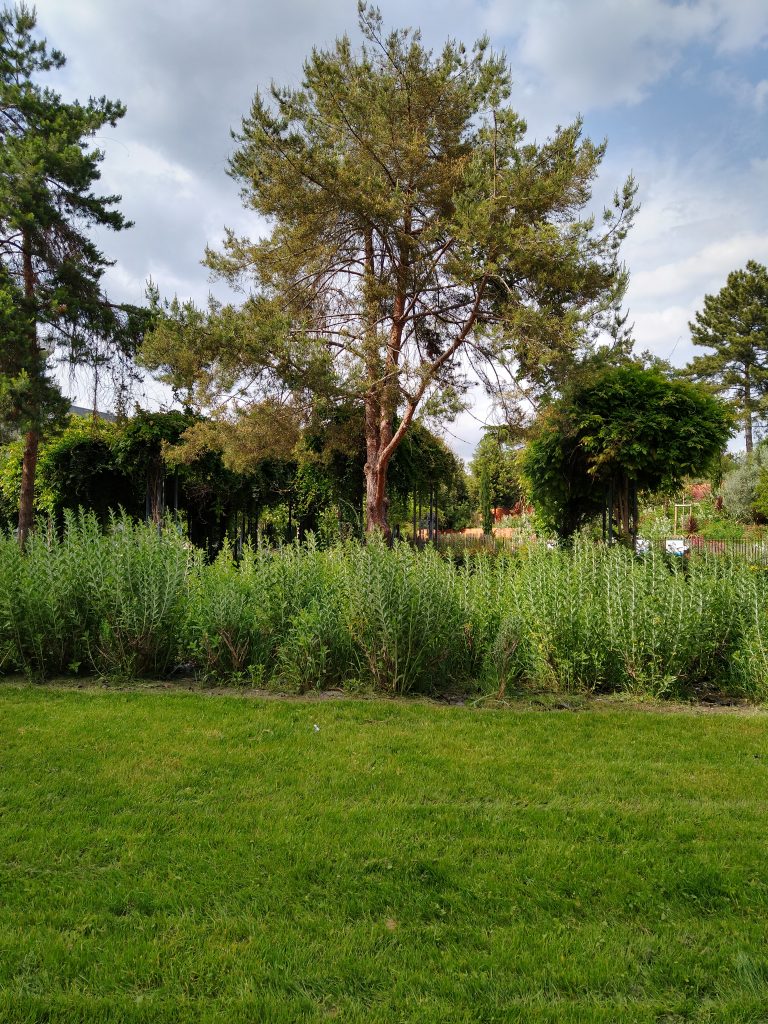
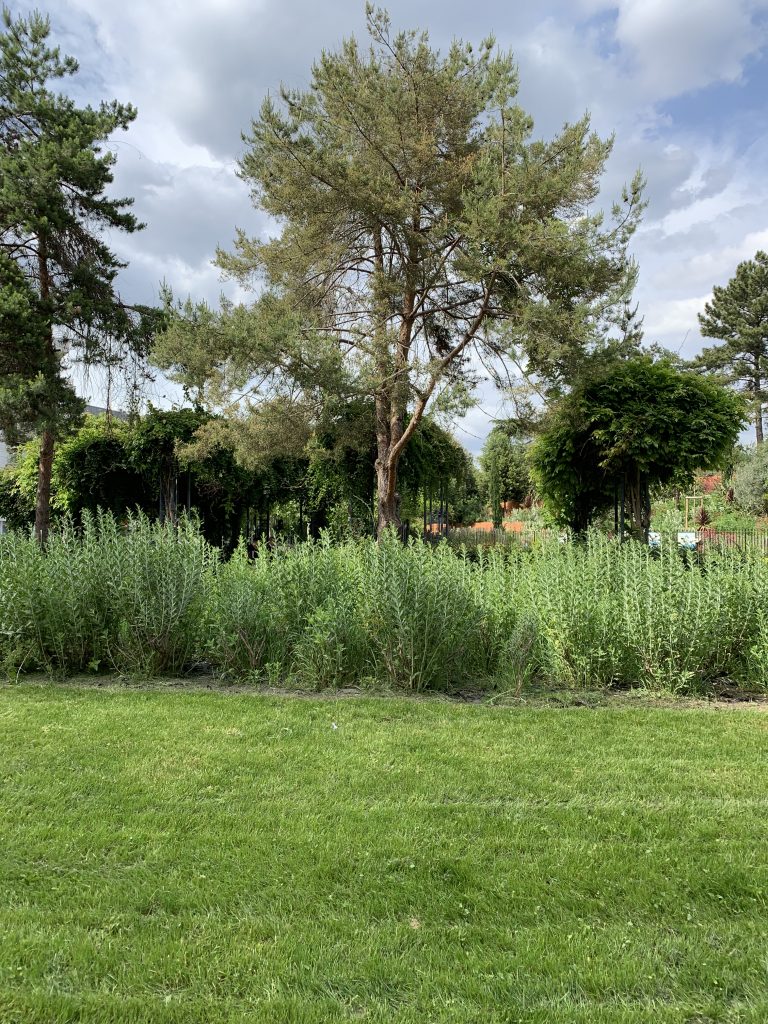
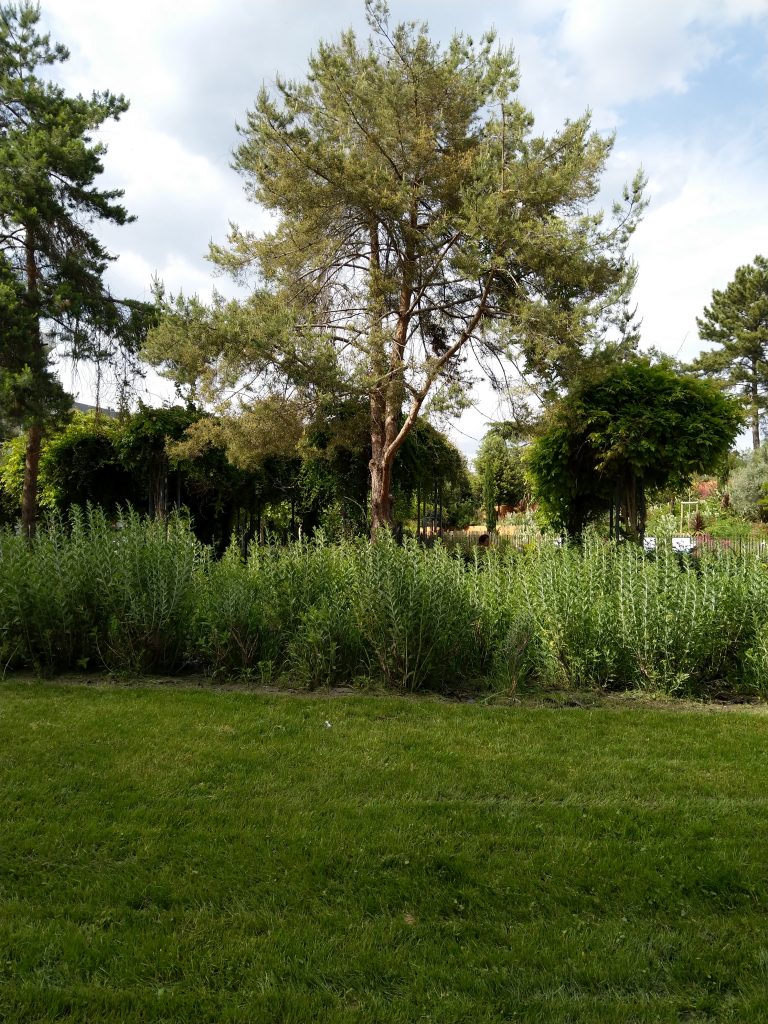
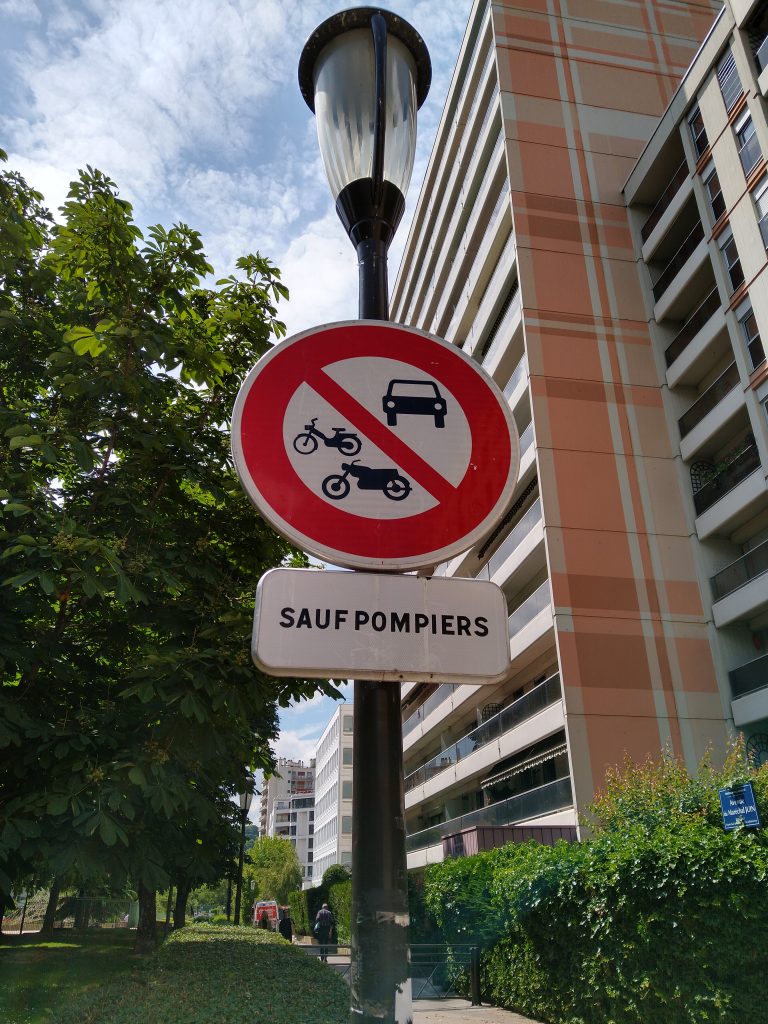
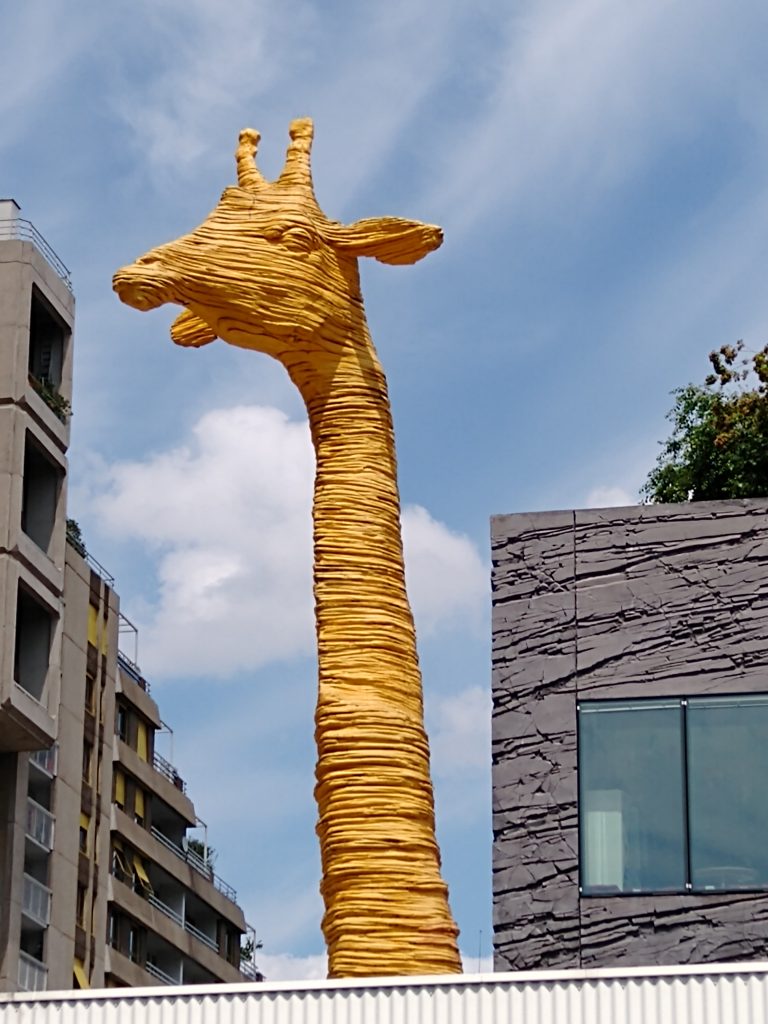
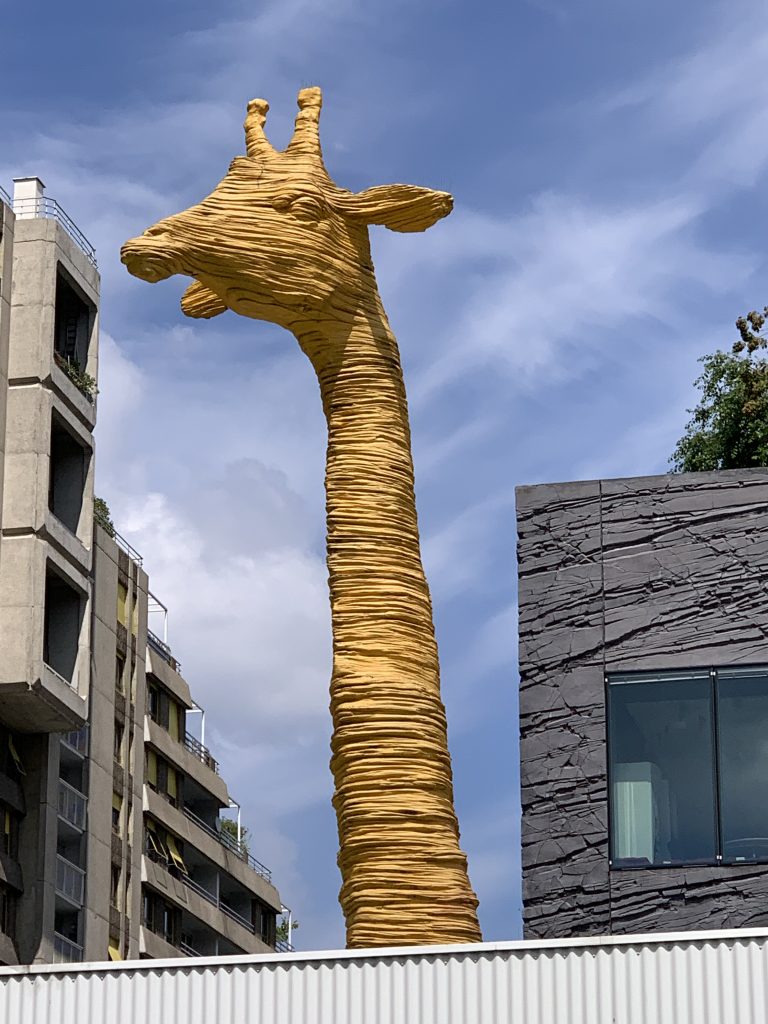






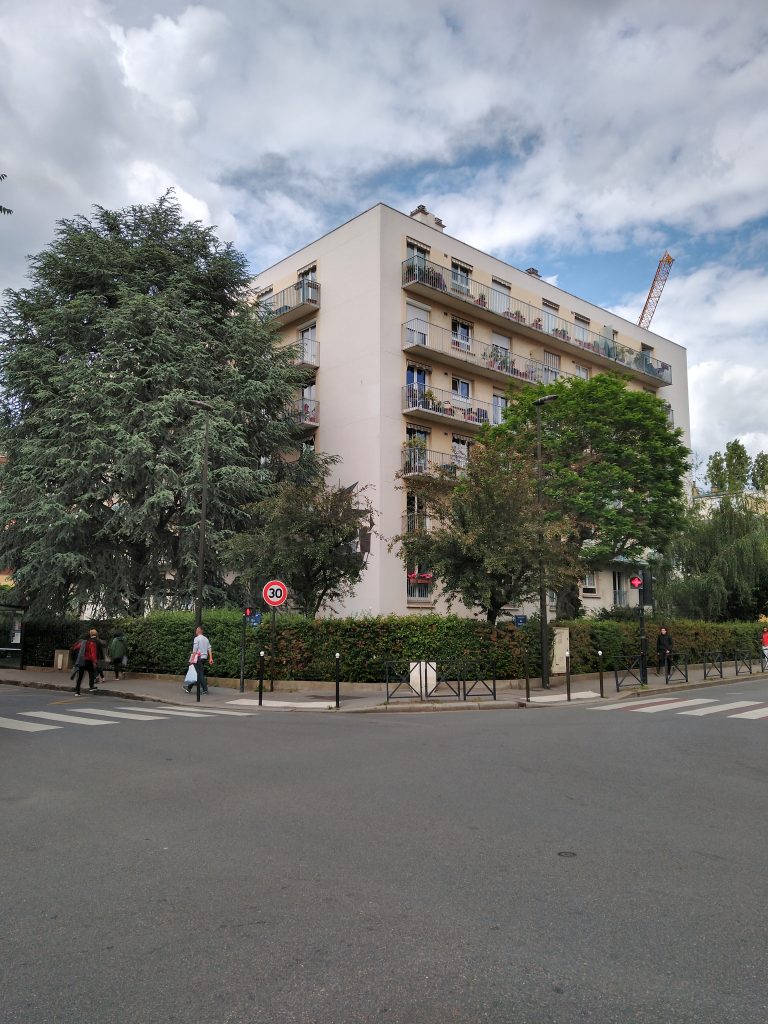

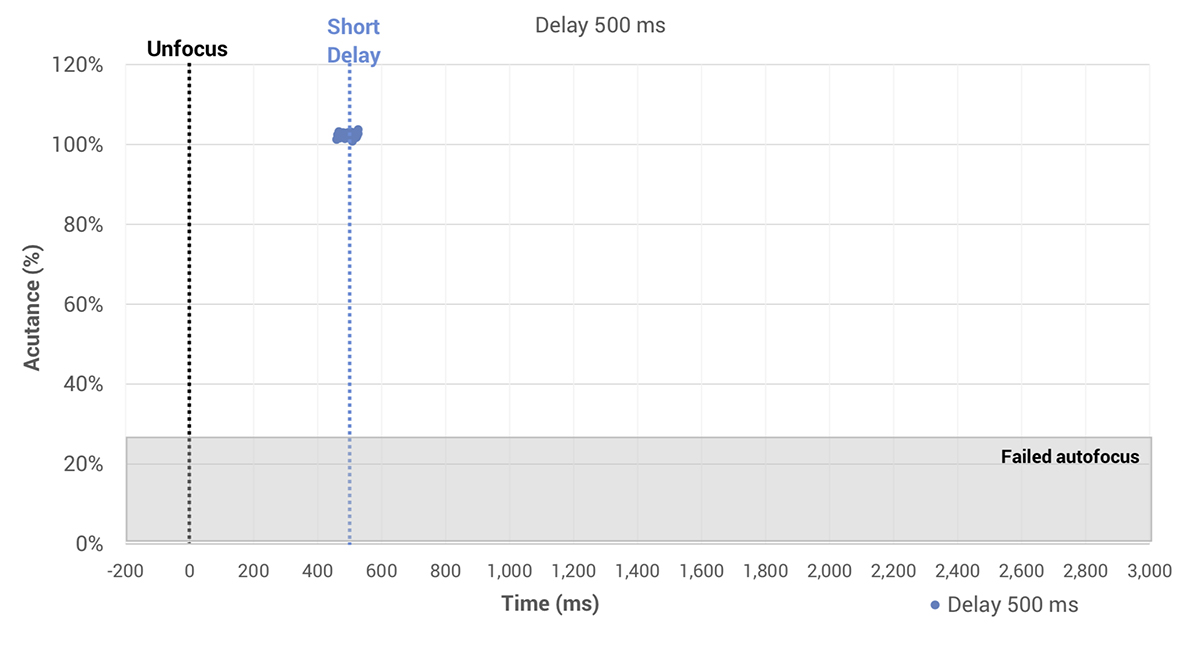
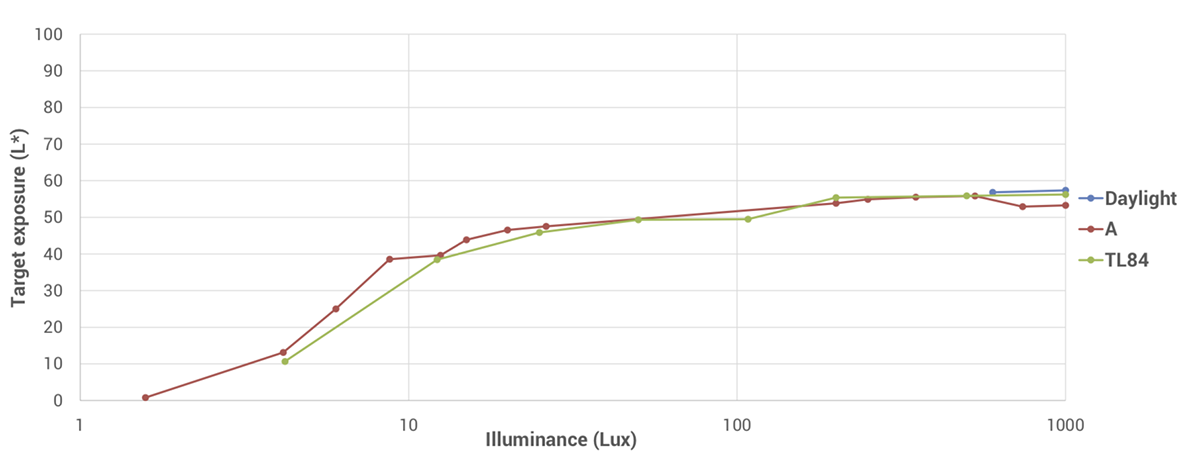
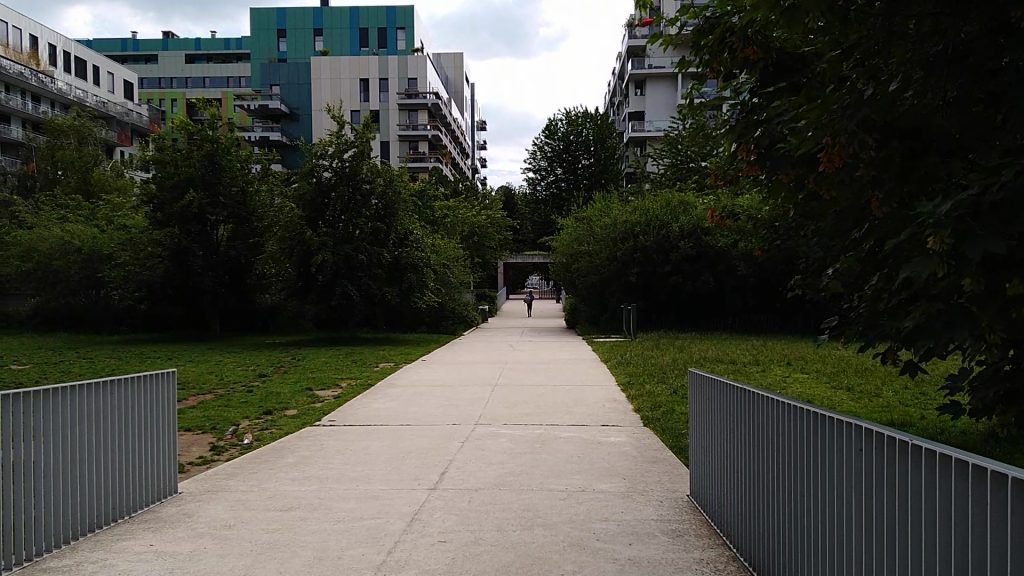
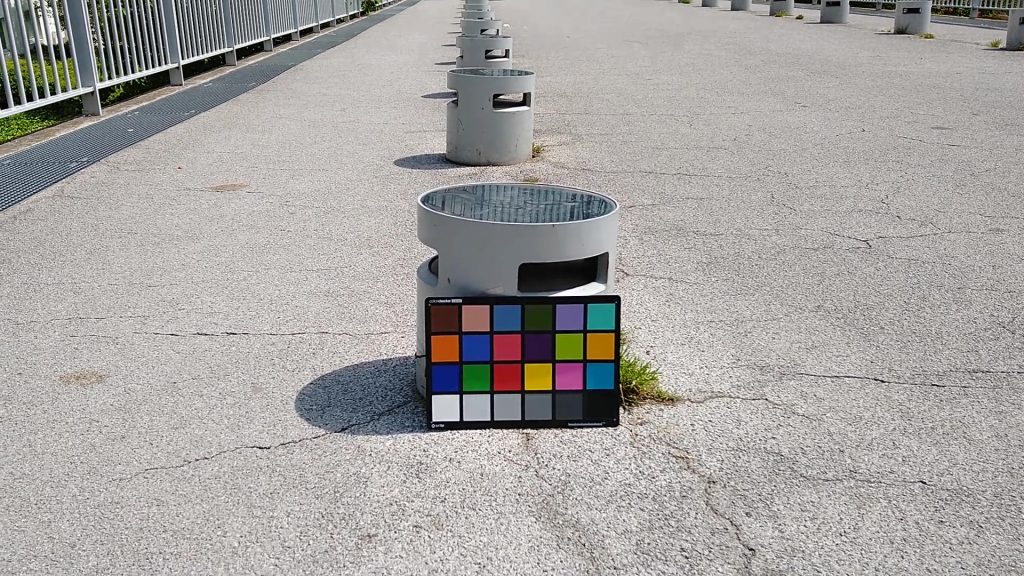



DXOMARK encourages its readers to share comments on the articles. To read or post comments, Disqus cookies are required. Change your Cookies Preferences and read more about our Comment Policy.